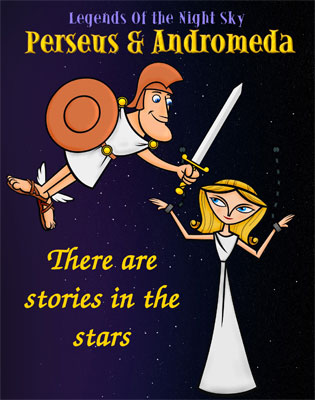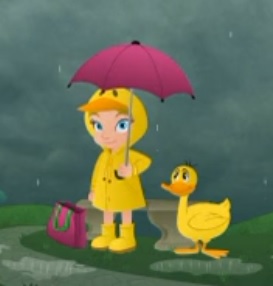|
Watch our YouTube channel for weekly updates on what's visible in the sky as
well as activities you can do at home.
Do you miss the
Planetarium? Take a tour of the exhibits.
Join our Facebook
Group for regular posts
about astronomy news, activities, virtual tours, satellite passes that you
can see in the real sky, and more!
Follow us on Instagram to see pictures we take at the 3M
Observatory and other news.
We've put together a
list of some of our favorite astronomy websites. This is by no means a complete list of
what's out there, just some of the ones that we go to regularly.
|
Virtual Field Trips
Teachers, Principals, Science Supervisors,
Scout Leaders, Home School coordinators, Senior Center managers, and Parents!
Schedule virtual field
trips for your students and
clients. Programs are led by a live Planetarium Educator and always include time for Q&A.
Scheduling is flexible. We can present during
the school day, after school, or evenings.
Number of attendees: up to 30 per session
Fee: $75 for a 45-minute program
$100 for Magic Tree House: Space Mission
The Planetarium will provide a
password-protected Zoom link before your date. We can also schedule programs
on Google Meet or Microsoft Teams. You can also invite the Planetarium to
join your preferred platform.
|
- Rockin'
Rocket Ride: Our popular show has an
online version. Join us on an adventure into space to learn about the Sun,
Moon, and planets. (Grades PreK-K)
- To
the Moon and Back: Begin with a story
about the Moon, then watch the Moon change shape in our virtual sky, and
pretend to be astronauts who can travel there. (for PreK-Grade 2)
- Magic
Tree House: Space Mission Join Jack and Annie as they look for answers to questions about
space. Together, we’ll explore some of those topics to see if we find
similar answers. (Grades K-4)
- Cosmic
Address: You probably know your
home address, but what about where you live in the Universe? (Grades K-12)
- Our
Solar System: go on a tour of the
planets in our solar system (Grades K-12)
- Tonight's
Sky: identify stars and
constellations we can see tonight and learn some constellation stories that
go along with them. (Grades K-12)
- Patterns
in the Sky: The Sun observe the Sun's
rising and setting positions through the year. (Grades 2-12)
- Patterns
in the Sky: Moon Phases
Why and how does the Moon's shape change? (Grades 2-12)
- True
or False, Astronomy Version: Some statements seem obvious, but are they? We'll explore
statements like "brighter stars are closer to us" and "the
Moon is only visible at night." (Grades 5-12)
|
|
Watch at Home!
We've linked to over
a dozen planetarium shows on our website for you to enjoy at home. You can learn
about stars and planets, mythology stories, flight, and even the weather! 
|
|


This spring and
summer, RVCC has a variety of virtual programs for grade school to high school
students. We start with a virtual Open House where vendors will speak to
families and students about their programs offered later this month on Sunday,
March 21st, from 1-3 pm. Families can register HERE.
We have Black Rocket
& Super Science Programs for Kids to increase knowledge in STEAM (Science,
Technology, Engineering, Art, and Math). Enrichment programs include English
and writing courses, Journalistic Writing, Workshops for Young Writers, and
more. The artistic programs include Fantasy Fun Crafts, as well as a class to
improve time management and create vision boards. RVCC will be working with
the High Level 5th Quarter Training program to provide a health & wellness camp. We also have our
great Intro to Astronomy course. SAT/ACT prep courses will also be
available for this summer. Spring registration begins March 8th and Summer
registration begins April 5th, 2021.
|
The Sky in March
Mars is part of the evening sky all month long.
Look for the Red Planet high in the west after sunset. Mars passes 7
degrees north of hte star Aldebaran in Taurus the Bull on March 20. The
distance between Earth and Mars is increasing. At the start of the month,
Mars is 1.48 astronomical units or 137 million miles from Earth. By the
month's end, that distance has increased to 1.72 AU or 160 million miles.
Mars is shining at about magnitude 1.
Uranus is also part of the evening sky and can be
found with binoculars or a small telescope. Look for Uranus about 20
degrees above the western horizon at 7 pm. It will be 4 degrees from the
Moon on March 16th.
Mercury was near the giant planets Jupiter and
Saturn in the pre-dawn sky, but small Mercury has slipped closer to the
Sun and can't be seen by mid-month.
Jupiter and Saturn
are low in the southeastern sky just before sunrise. Jupiter is shining at
magnitude -2 while Saturn (to the upper right) is at magnitude 0.75.
Venus is too close to the Sun to be seen this
month. Venus is at superior conjunction with the Sun on March 26th. This is
when Venus will be on the far side of the Sun from us.
The winter
constellations, Taurus, Auriga, Gemini, Orion, Canis Major, and Canis
Minor, are all in the southwest sky after sunset.
The spring
constellations, including Leo the Lion, are starting to make their appearance
in the eastern sky in the evening.
Follow RVCC
Planetarium on Facebook and YouTube for weekly updates about sky events.
|
|
|
  
|
|
|
Moon Phases
New Moon March 13
First Quarter March 21
Full Moon March 28
Last Quarter April 4
|
|
|
|
|
|
|
|
|
|